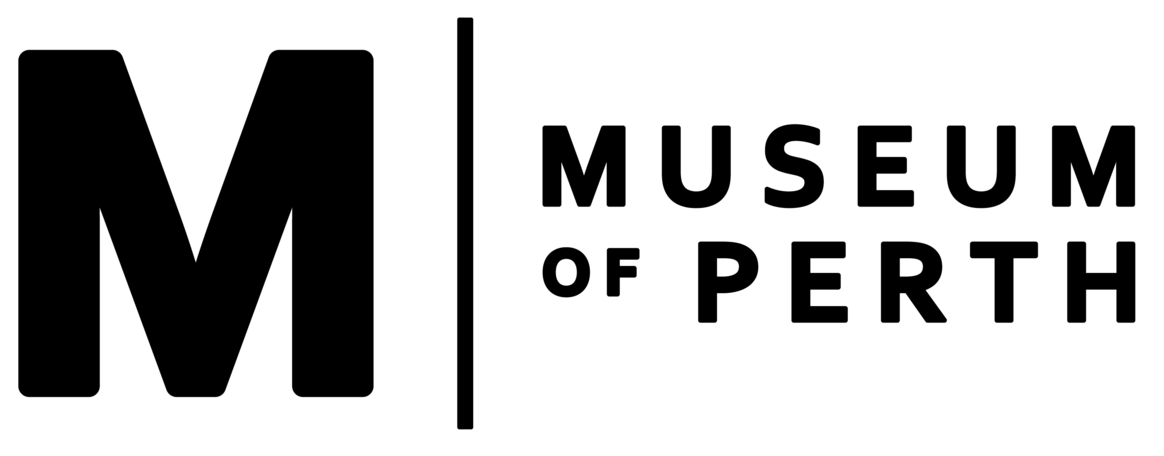Booryulup
Boornoolup
Description & Location
The name for the western stretch of land along the South Perth peninsula located between Richardson Park and Mill Point. The area was once a traditional camping, hunting, and fishing area for the local Noongar people, as evident by a traditional fish trap found in the Canning River along Milyu Nature Reserve.
Milyu is an Aboriginal, not Noongar, word for samphire - the low, salt-tolerant succulent vegetation found along this area of foreshore. Samphire, also known as sea asparagus, would have served as bush tucker for the local Noongar people with its young, crunchy shoots tasting similar to salty asparagus.
The riverine foreshore provides a habitat for wading and shore birds when other points and coves along the river are at high tide, which the Noongar people would have traditionally hunted.
The Noongar interpretation for this site is debated, with the root words boorn (chin), boorna (tree), booyal (south), and boolya/booryl (magic man) each considered a potential interpretation. However, the site has often been described as a place of magic men.
Today, Booryulup is mostly covered by the Kwinana Freeway, but a small, though reclaimed, portion of it remains along the Milyu Nature Reserve.
References
Hughes-Hallett, D. (2010). A project with the Swan River Trust: Indigenous history of the Swan and Canning Rivers, Student work placement : Curtin University, p. 46-47. Retrieved from https://www.dpaw.wa.gov.au/.
Rooney, B. (2011). Nyoongar Dictionary, New Norcia, WA: Batchelor Press, p. 16.
State Library of NSW. (1899). Box 5 Folder 1: Western Australian Place Names, 1899-1903, p. 25.
State Records Office of WA. Cons993. 1948/0150, List of native names for naming farms, etc. p. 162.
Swan Estuary Reserves Action Group Inc. (2011) Milyu Nature Reserve. Retrieved from http://swanestuaryreserves.org.au/milyu.html.
The Western Australian Journal. (1833, April 20). The Perth Gazette and Western Australian Journal, p. 63. Retrieved from http://nla.gov.au/nla.news-article642121.
View of Booryulup (Mill Point western edge) from Kata Moor (Mount Eliza) 1900-1909, State Library of Western Australia, 233127PD

